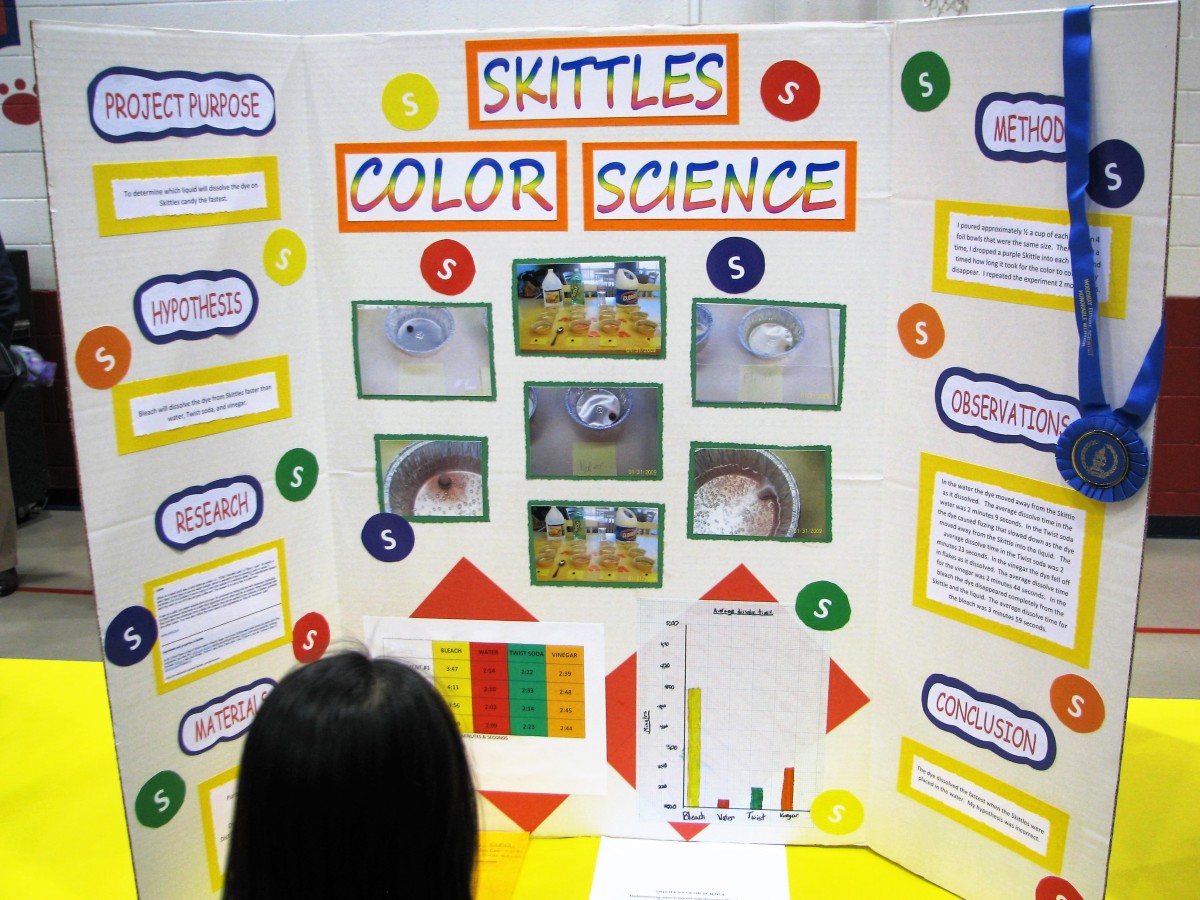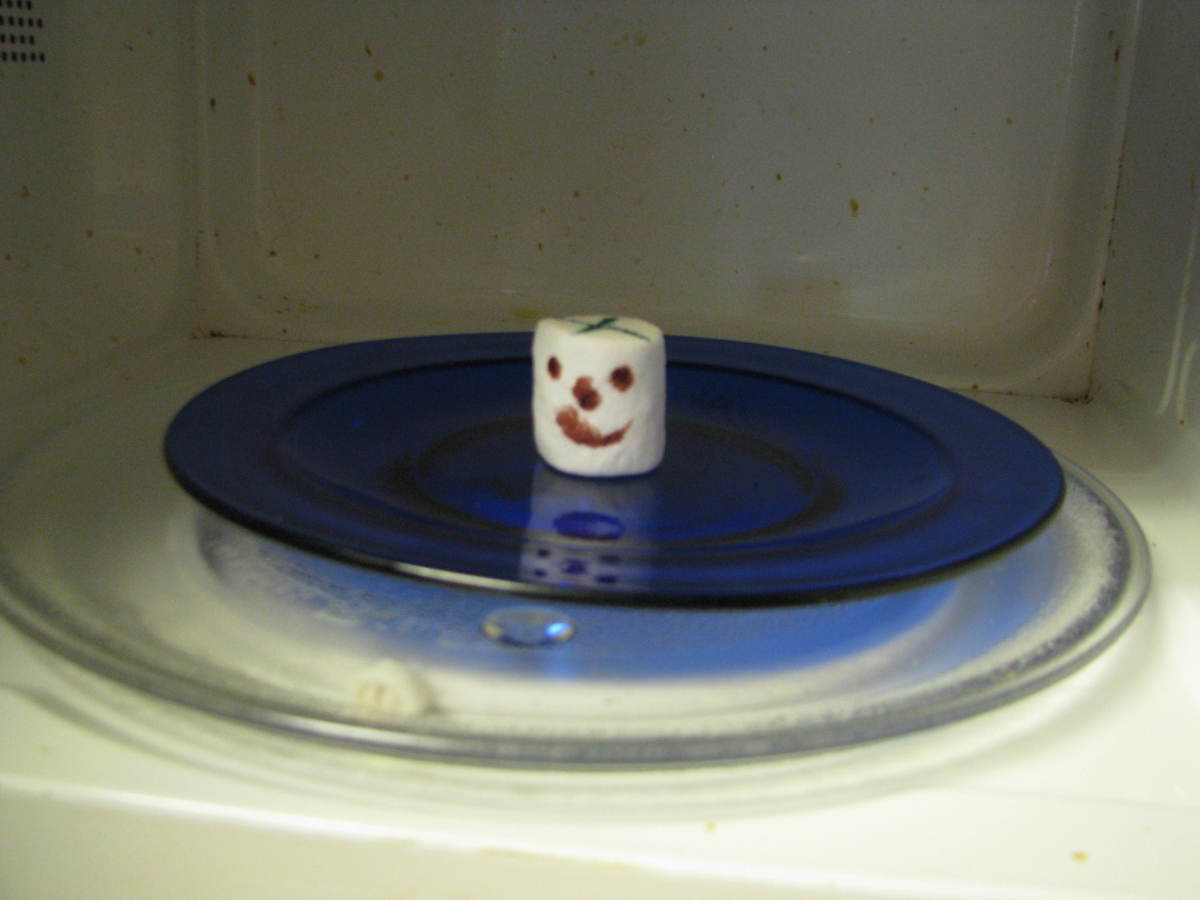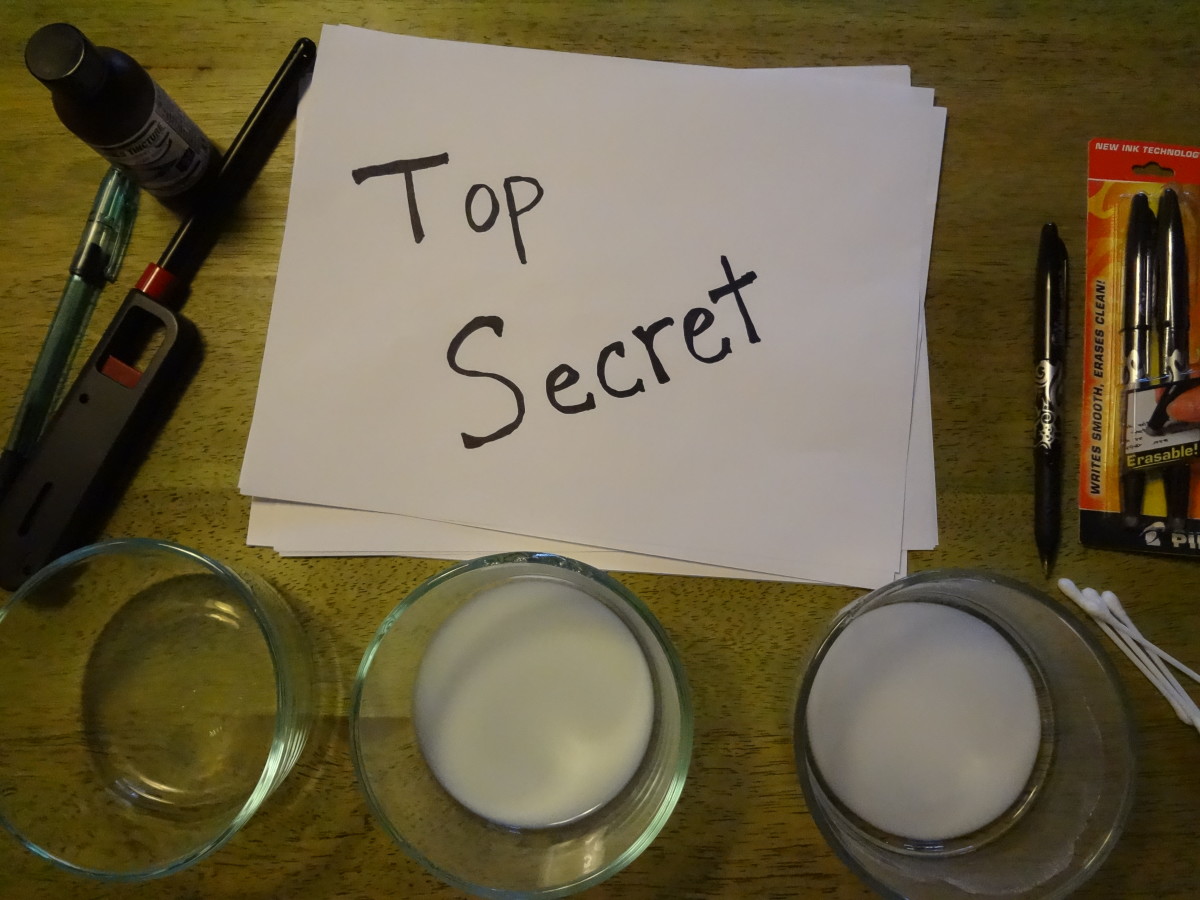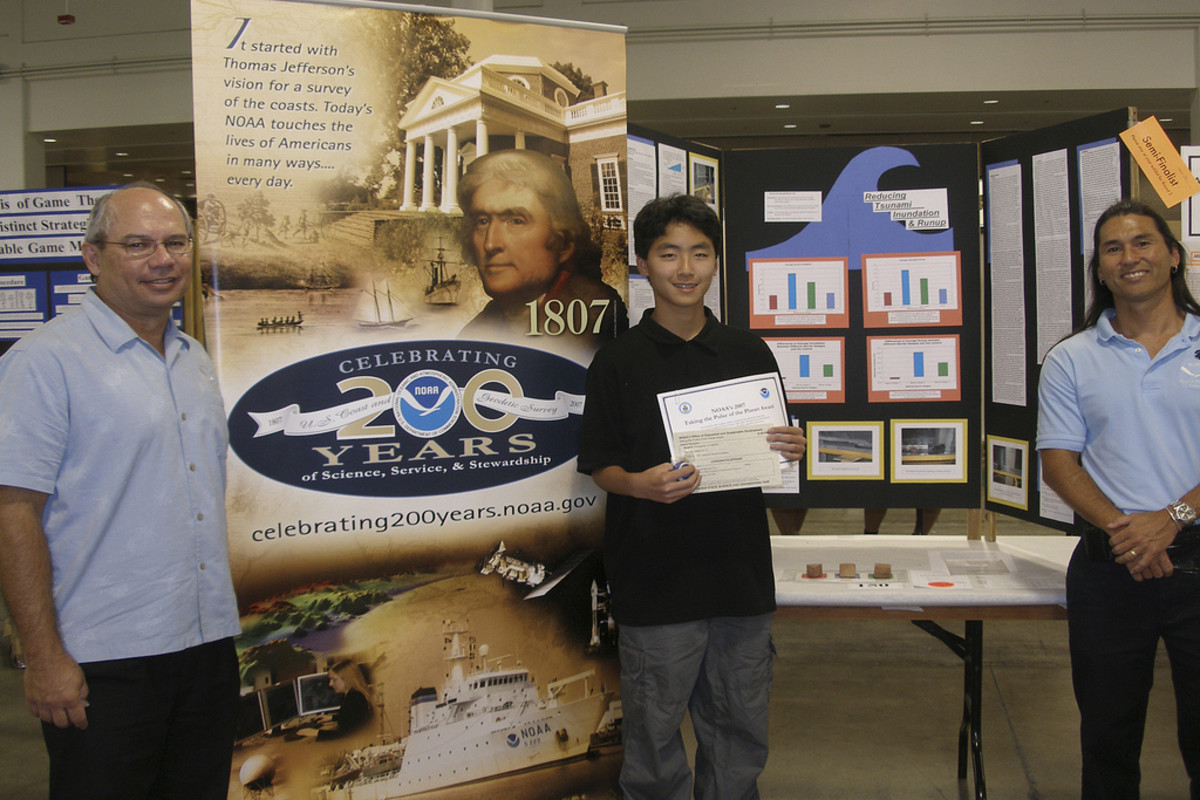Science Experiment Project- A Lemon Lifesaver for Apple

Apple and Lemon Oxidation Science Experiment
Here is an easy science fair experiment to help kids learn how to Save that apple! Lemons can truly be a life saver in many instances and they are a great fruit to use when learning about science. Think about an apple . .have you ever wondered why when you slice an apple it starts to turn brown? Well with a little help from lemon juice you can slow down the browning of an apple. This is an easy science experiment that you and your kids will always understand how to keep that apple from turning brown!
Stop The Apple from Browning
The lemon can stop the oxygen in the air from turning into a very reactive gas. It
reacts fast to whatever it comes into contact with. And that is why
foods that are exposed to air can change quickly in appearance. This is
all because of oxidation. Oxidation is the reaction of oxygen molecules
with certain substances.
The reaction involves the loss of electron or hydrogen or gain of
oxygen. Substances that cause oxidation is known as the oxidant or also
called as the oxidizing agent. This lemon experiment shows what a lifesaver to the apple it is.

Easy Lemon Experiement with Fast Results
So what is happening to the apple is that the moment the apple is cut, the cut part allowing oxygen to come in contact with open area. The apple starts turning brown when oxygen from the air reacts with the phenolic compounds found in the apple. Just like the process of rusting.


1- Lemon To the Rescue
Save the Apple from Oxidation!
What you will need:
- A few apples
- Knife
- Lemon Juice
2-What To Do:
- Cut the apple in four parts.
- Squeeze lemon juice (Squeezing the juice is find but I like to use a brush to spread it on) on two of them.
- Let all the apple pieces stand for a few hours.


Lemon Juice Saver

3- What Happens: To The Apple
The exposed and untreated apple surface quickly undergoes a chemical change and therefore destroys cells. As it reacts with oxygen in the air the apple surfaces start to brown and turn dark, And the apples pieces that were not treated with lemon do not turn brown. That's because the vitamin c (ascorbic acid) in the lemon juice slows down and disrupts the chemical in the fruit and the oxygen in the air. And so it starts to oxidize therefore turning brown.
Lemons to the Rescue
Enzymatic Browning In Apples
The process of browning is called enzymatic browning.
Enzymatic
browning happens not only in apples, it also occurs in other fruits
such as banana avocados and vegetables like potato. The oxidation of
phenolic compounds can be slowed down when the apple is treated with a
sour fruit juice like lemon juice. Lemon juices contain vitamin C which
is an antioxidant that prevents oxidation.
Litmus Paper

The Lemon - Lifesaver
Poison control centers used to recommend vinegar or lemon juice as an antidote for some poisons. This experiment shows why.
For this science experiment you will need:
- A few drops of lemon juice or vinegar
- Litmus paper
- A few drops of ammonia
- Rubber gloves
What to Do
- First put your rubber gloves on, for it is a good idea as you do not want to irritate your skin.
- Apply a few drops of lemon to one strip of litmus paper.
- Then add a few drops of ammonia to a second strip. Be very very careful when handling the ammonia.
- Then apply a few drops of lemon to the spot made by the ammonia.
Experiment Results

Lemons Make What Happens
The strip with the lemon juice on it turns pink. The strip with ammonia added turns green. When you add lemon to the green ammonia spot it will return to its orginal reddish purple color.
In this Experiment Why Do the Colors Change:
The pink color indicates the presence of acid because lemon is a mild acid, a non metal combined with hydrogen.
The green color indicates the presence of alkali because ammonia is an alkali or otherwise it is known as a "base", a metal combined with hydrogen. The "litmus" paper returns to its original color when the ammonia is acted against -neutralized-by the lemon which is its chemical opposite.
So now you are asking what does all this have to do with poison? Ammonia is poisonous if someone drinks it. Since lemon neutralizes ammonia, they used to recommend as a temporary antidote until you could get to a doctor. Currently if by accidnet someone drinks a poison like ammonia the antidote is to drink a lot of milk and or water.

60daychallenge

60Dc A Winning Team











